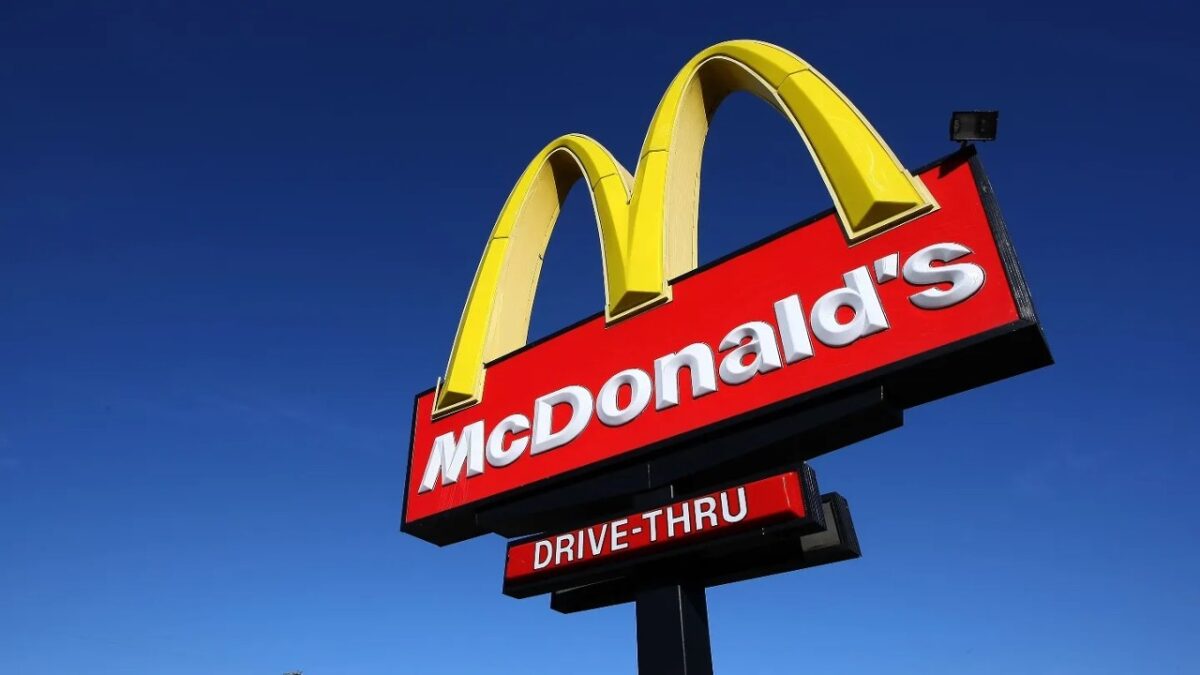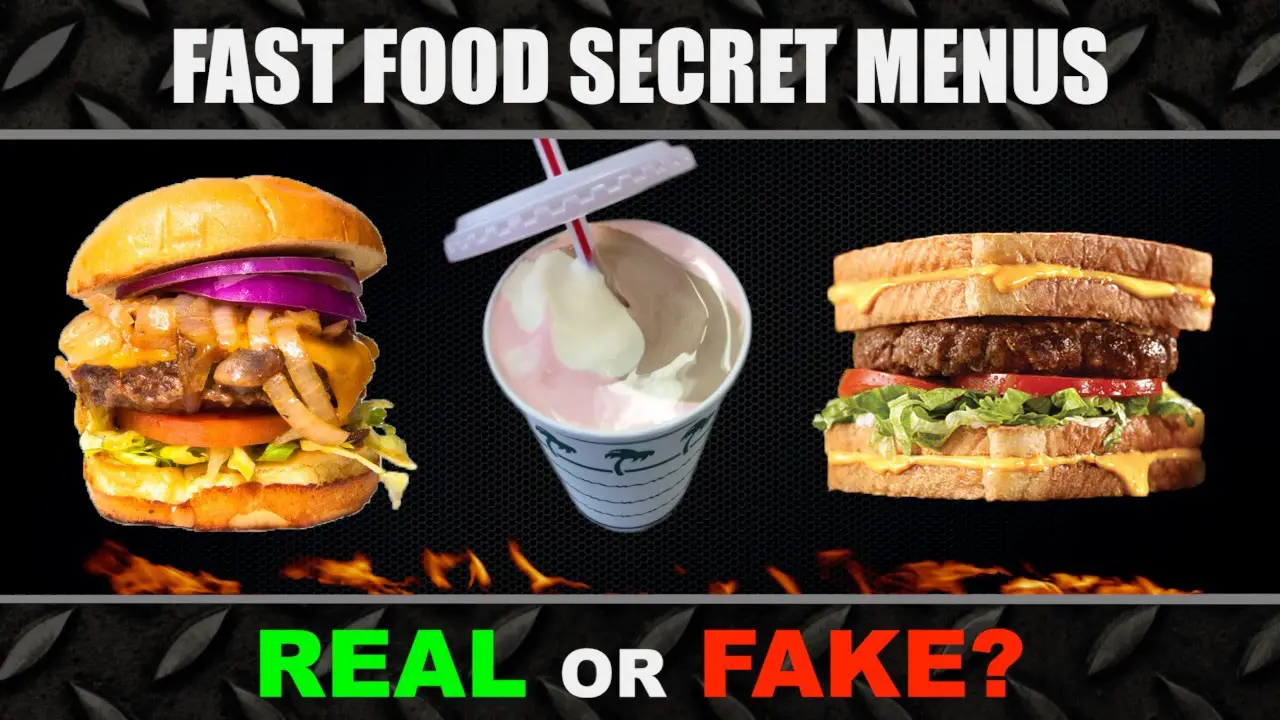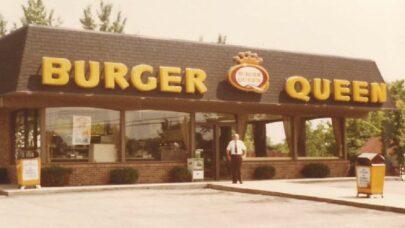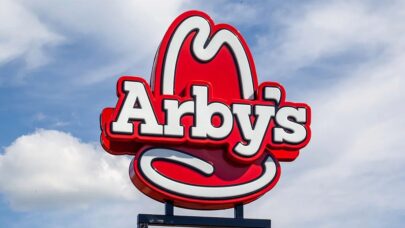When you buy something through one of the links on our site, we may earn an affiliate commission.
For over three decades, the McDonald’s at Stonestown Galleria was a familiar sight for San Francisco residents. On Sunday, the restaurant closed its doors permanently, leaving a void in the community and questions about the future of fast food in the city.
The franchise owner pointed to two main culprits for the closure: high rent and rising operating costs, including the recent increase in the state’s minimum wage to $20 for fast food workers. While the minimum wage increase was intended to improve worker livelihoods, it seems to be having a significant impact on the industry.
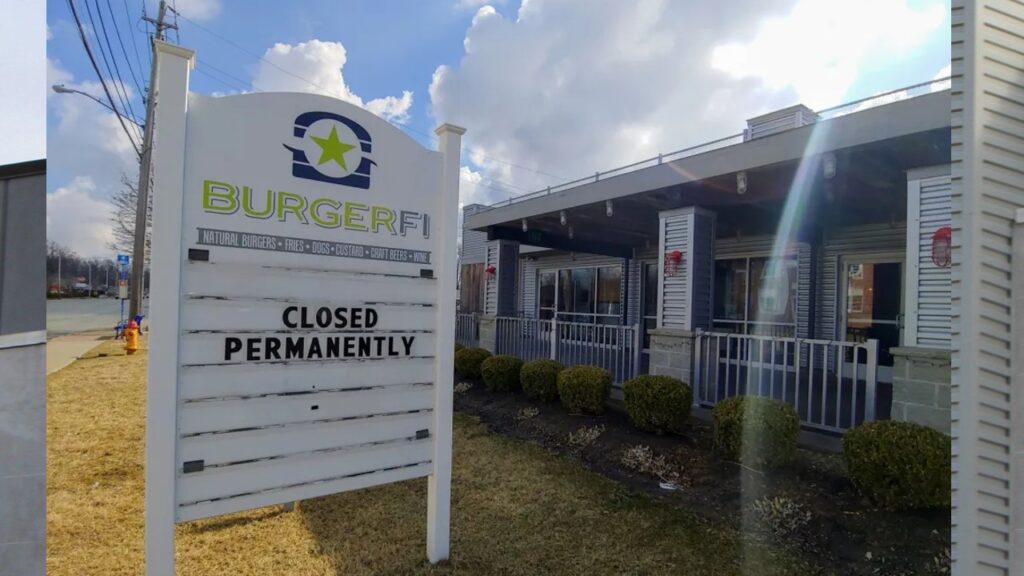
According to ABC 7, franchise owner Scott Rodrick said: “this is a gut-wrenching day for my family.” He left a note on the door of the now shuttered McDonald’s addressing his customers:
“It has been a pleasure for my entire team and I to serve the 19th Avenue and Ingleside neighborhoods for more than 30 years. All of our valued team members have been offered opportunities to continue working with my restaurant company or at other nearby McDonald’s.”
A Perfect Storm for Fast Food
San Francisco has always been an expensive city to operate a business in, and the McDonald’s closure highlights the challenges facing fast food chains in this environment. Rising rents coupled with a significant increase in labor costs create a perfect storm, squeezing profit margins and forcing some businesses to shutter their doors.
The Changing Fast Food Landscape
The landscape of fast food in San Francisco is undoubtedly changing. With McDonald’s out, what does this mean for the future?
Here are some possibilities:
- Shake Shack Effect: Some speculate that pricier chains like Shake Shack, which can afford to pay a higher minimum wage due to their higher menu prices, may become more prominent.
- Automation on the Rise: Fast food chains may increasingly turn to automation to offset rising labor costs. This could lead to job losses in the sector.
- A Shift to Higher-End Fast Food: We might see a rise in fast-casual chains that offer a more upscale experience and can justify charging more to cover their expenses.
While some may welcome a more diverse fast food scene with higher quality offerings, others lament the loss of affordable options like McDonald’s. Can fast food survive in a city with such high operating costs, or will it become a luxury reserved for those who can afford it?
In California, the closures have been stacking up. From Rubios Coastal Grill to Blaze Pizza, and the Arby’s on Sunset Boulevard which operated for over 50 years…doors are closing, and bankruptcies mounting.
Will the fast food scene adapt to the new minimum wage reality? The closure of the Stonestown McDonald’s serves as an example for the new challenges facing the industry in an expensive city.
